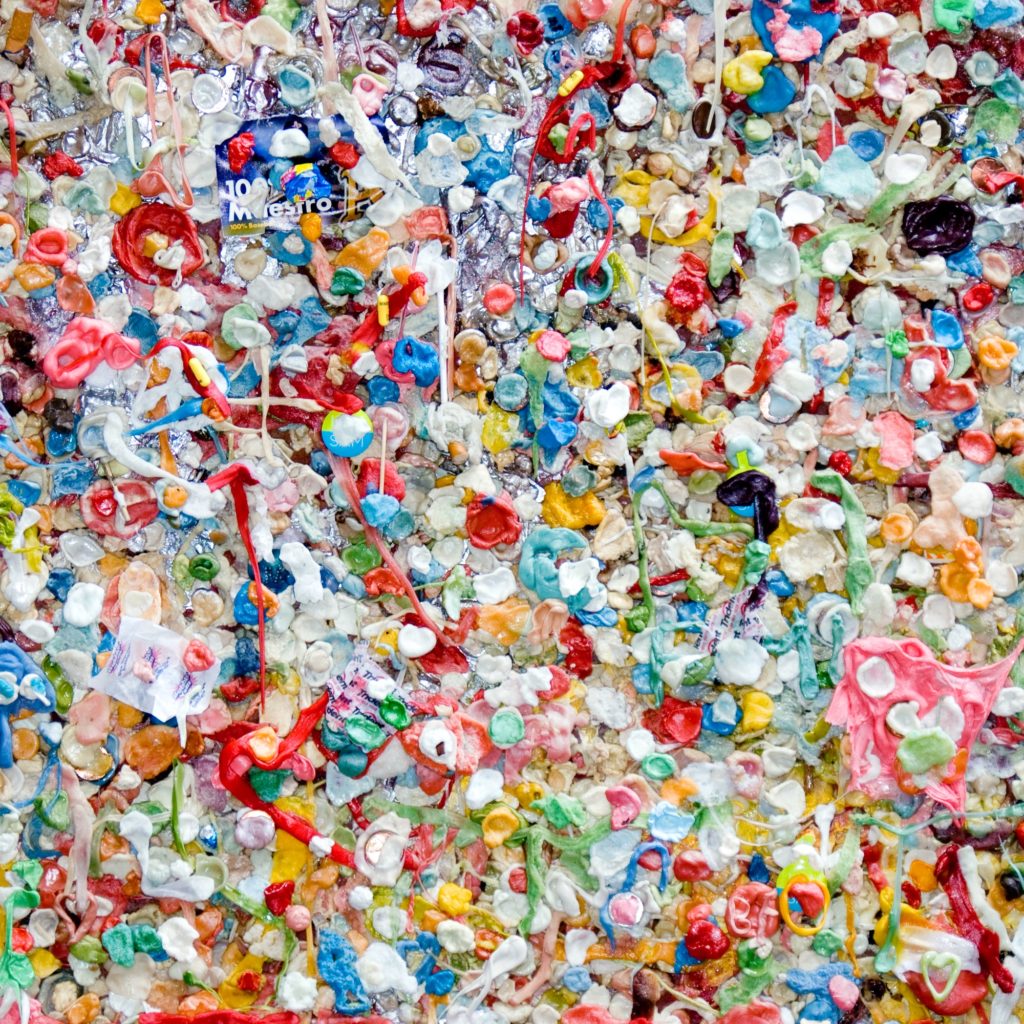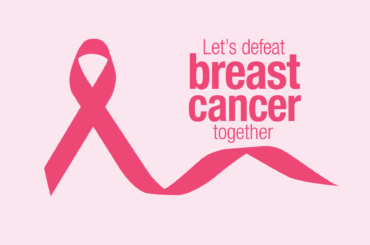Are you eating plastics? Yes, even though you may not know about it, you may be eating microplastics every day. And scientists don’t know about the long term implications on your health.
What are microplastics?
Microplastics are not a specific type of plastic, but small pieces of plastic that are less than 5 millimeters in size.
Microplastics are a growing concern for human health, the WHO has called for long-term studies into health effects regarding microplastics on the human body.
Why people are worried about microplastics?
Every day thousands of kilos of plastic get into the environment because of a lack of recycling.
Plastic takes several decades, or centuries to completely degrade. However, once they are in the environment, they break down into small pieces. These small microplastic particles then get into our water streams, eaten by fish and other animals.

The microplastic particles are difficult to completely filter using regular water purifying methods because of their small size. Currently, wastewater treatment plants can only remove around 90% of microplastics from water.
Because of this, there is a risk of microplastic particles entering the water we drink. When fish eat these microplastics, they get accuminated in their bodies. When we drink water or eat fish contaminated with microplastics, they also enter human bodies.
With continued enter of large amounts of microplastic particles to the human body can cause microplastic toxicity and other health problems.
Currently, the levels of microplastics in drinking water are said to be safe. However, WHO is requesting a long term study to determine its effect on the human body.
“Based on the limited information we have, microplastics in drinking water don’t appear to pose a health risk at current levels. But we need to find out more. We also need to stop the rise in plastic pollution worldwide.”
WHO
However, microplastics can increase to dangerous levels in certain situations.
For example, a recent study found that plastic tea bags can shed large amounts of microplastics when making tea. It advised people to use paper-based tea bags instead.
When you are using plastic bottles, reusing single-use plastic bottles can also shed large amounts of microplastic particles into your water.
Therefore, avoid re-using single-use plastic bottles.
Risk of microplastics to your health
Microplastic particles can contain chemicals that can be harmful to human health. Some of them may even be carcinogenic and can cause certain types of cancers. They can also affect the reproductive system, and weaken the immune system.
What can you do?
You can help the environment by cutting down the use of plastic by using items made with eco-friendly reusable materials. Recycle your plastic bottles and bags whenever you can. By recycling, you are reducing the plastic entering the environment.
Are microplastics dangerous? The long term effects are something that only time can tell.




